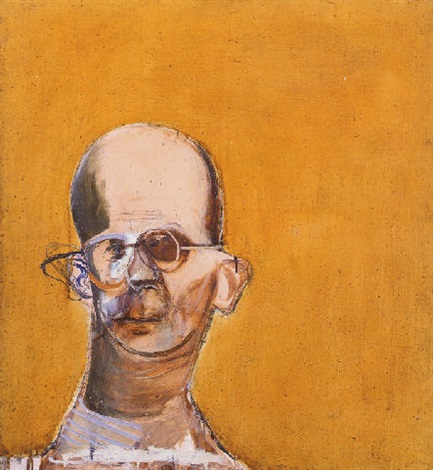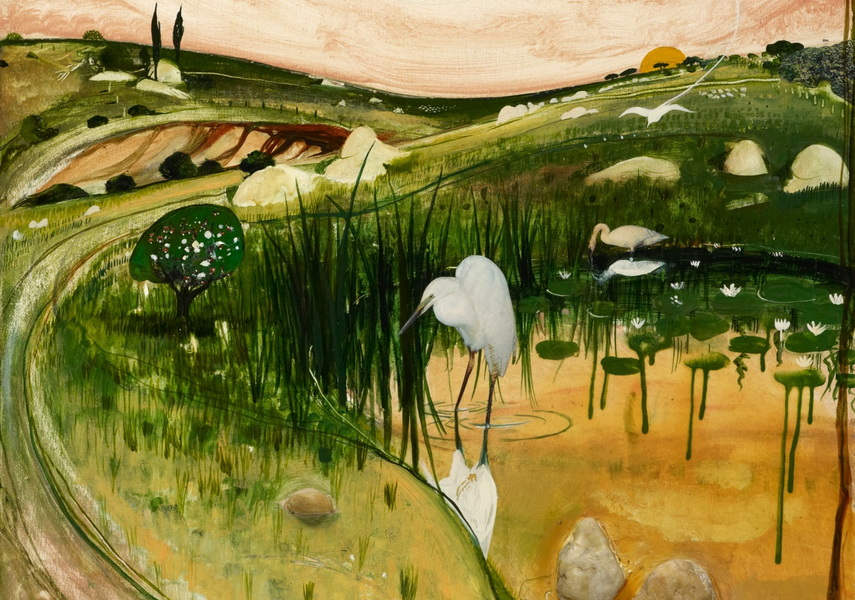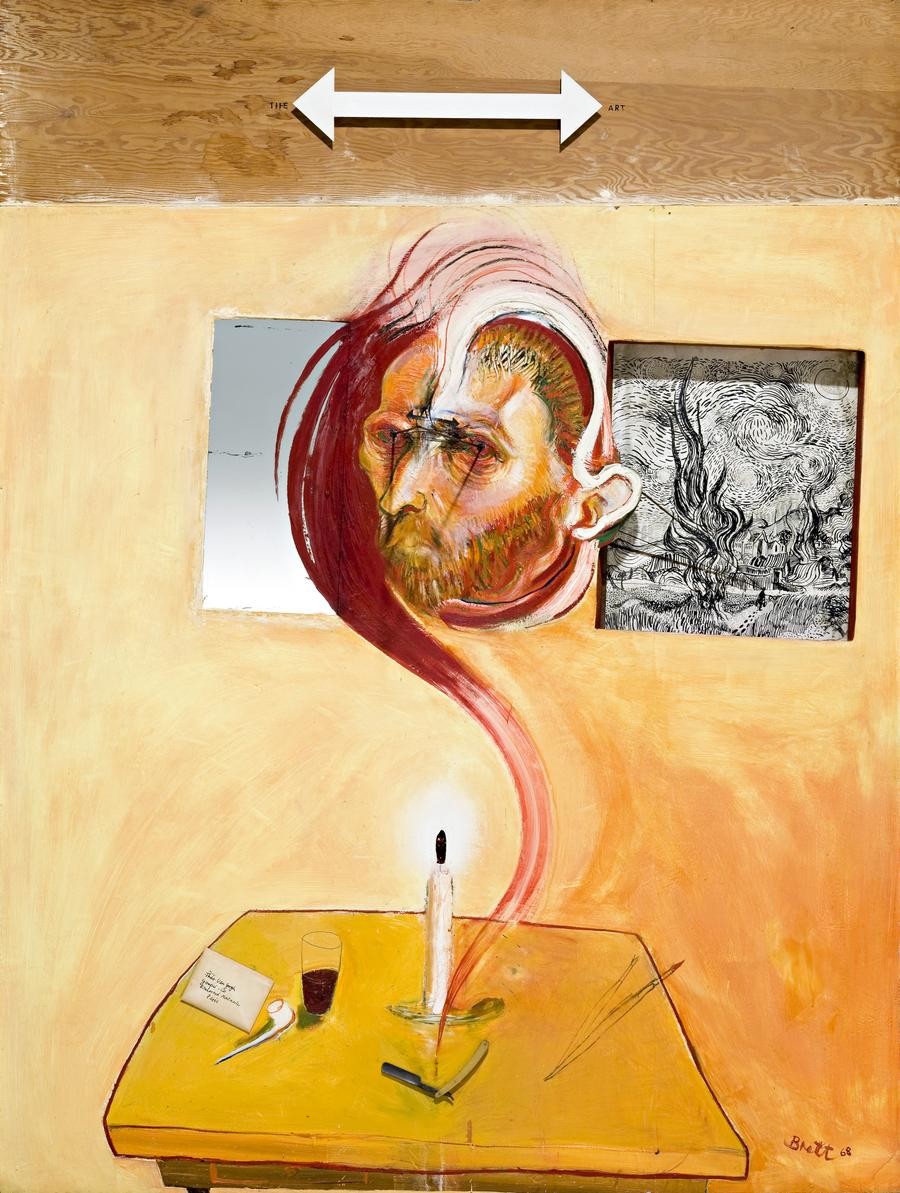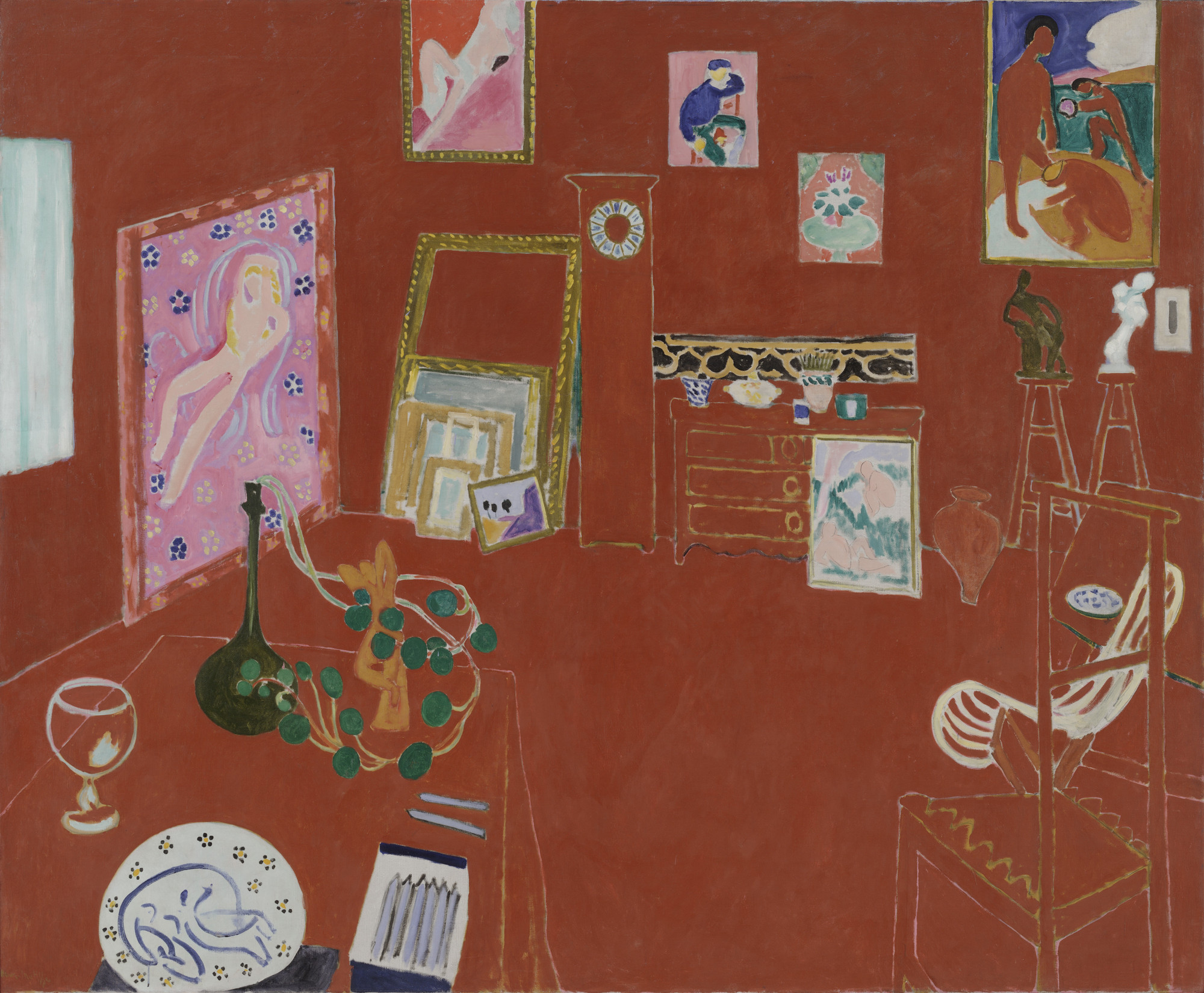Brett Whiteley 1939-1992

Brett Whiteley was a famous Australian artist who worked across painting, sculpture and the graphic arts, and is best known for his sensual and lyrical paintings of interiors, nudes and harbour scenes.

Growing up in Longueville, a suburb of Sydney, Whiteley was educated at Scots School, Bathurst and Scots College, Bellevue Hill. He started drawing at a very early age. Early on he was intrigued by the works of William Dobell and Lloyd Rees, both acclaimed Australian landscape artists, as well as the work of Vincent van Gogh. While he was a teenager, he painted on weekends in the Central West of New South Wales and Canberra with such works as The soup kitchen (1958).


Painted when Whiteley was just 16 years old,an interesting insight into the artist’s early development.
Whiteley remained in Europe for the next decade, exhibiting his work regularly in group exhibitions in London, Paris, Amsterdam and Berlin and establishing an international reputation.

The artist was severely influenced by his mentor Francis Bacon, painting his portrait above. In the beginning, Whiteley’s works can be categorized as abstract, but gradually he transferred to more figurative Expressionism. Over the years Whiteley shifted through various styles from London paintings inspired by the British mass murderer John Christie, over to Expressionist landscapes, and then to psychedelic lyrical abstraction, but he remained loyal to his peculiar sense of crossword composition and colouring.

Subject to one of Whiteley’s pieces, John Christie was convicted of murdering six women between 1948 and 1953. The victims included his wife Ethel, whom he strangled in December 1952 before depositing her remains under the parlour floorboards at their home, 10 Rillington Place. This was close to the Whiteley’s home in Notting Hill.
On a lighter note his work, Marulan bird with rocks exhibited the perspective of Asian aesthetic with a European sensibility to create a unique floating sensual landscape, with birds, nests, trees, rocks, and rivers inhabiting the world in harmony founded on a place and set in imagination and feeling.

Despite apparent curiosity, his work was not modified until his transfer to America and several other journeys. In 1967 Whiteley won a Harkness Fellowship Scholarship to study and work in New York. It was there that he became affiliated with a peculiar art circle around the famous Hotel Chelsea, especially with musicians Janis Joplin and Bob Dylan.
His admiration for old masters can be seen in some of his works like Vincent, 1968 and Henri’s Armchair 1974


Henri’s Armchair was painted in 1974 to 1975 fusing oil, ink and charcoal on canvas, and shows the domestic interior of Whiteley’s studio-home with its views to Sydney Harbour.

1976
These examples of Whiteley’s work reminded me of a lot of Henri Matisse’s painting The Red Studio, so it is not surprising to find that he took inspiration from Matisse’s work.


Perhaps one of his best-known works is the one titled Alchemy, realized in between 1972 to 73. Interestingly, it was used for the cover of lice album of famous rock band Dire Straits. The work itself was composed of many different elements and on eighteen wood panels, and by reading the whole from left to right it begins with an exploding sun from a portrait of Yukio Mishima that Whiteley had started but never completed.
Namely, Mishima committed seppuku, a traditional Japanese form of suicide, so the image of him is reminiscent of a final vision of enlightenment in the form of the exploding sun. For the production, Whiteley used various media from feathers and part of a bird’s nest to a glass eye, shell, plugs, and brain in a work that becomes a transmutation of sexual organic landscapes and mindscapes.

Whiteley’s art was intimately connected to his tumultuous, creative life. From the late 1970s, his self-portraits such as Art, life and the other thing began to trace his heroin addiction, which increasingly impacted his life and career.
Unlike Self-portrait in the studio, critics were divided about Art, life and the other thing, perhaps for “its sheer sensationalism, and lack of subtlety” of the earlier work. Almost too brutally honest, it seemed like the final flaring of a dying star. Even those who were close to Whiteley, then aged thirty-nine, believed he wouldn’t survive past the age of forty. However, he did survive for another fourteen years, until he succumbed to a methadone overdose in Thirroul on the New South Wales south coast in 1992.


His last studio and home in Sydney’s Surry Hills is now a museum managed by the Art Gallery of New South Wales. Whiteley paintings are coveted by collectors of Australian art and very few major, museum-quality paintings are ever released for sale, price estimates had ranged from $5 million to $7 million. In 2007 Brett Whiteley’s sexualised landscape The Olgas for Ernest Giles sold for $3.48 million. Whiteley’s My Armchair (1976) sold for $3,927,270 in October 2013.
Brett Whiteley was undoubtedly a talented painted and artist and I would’ve been curious to see how his work would’ve looked like today. Unfortunately, his inner demons got the best of him.
Sources:
https://www.smh.com.au/culture/art-and-design/brett-whiteley-painting-smashes-australian-art-auction-record-20201126-p56i74.html
https://www.artgallery.nsw.gov.au/collection/works/355.1998.a-c/
https://www.widewalls.ch/artists/brett-whiteley/
https://francis-bacon.com/life/biography/1980s/brett-whiteley-painting-bacon
One reply on “Abstract Expressionism”
Joanna,
Great post on this Australian artist Whiteley whom I had never heard of so thanks for the introduction. Lots of background and research combined with your personal analysis, well done.
Also I’ve corrected the final quiz and your score was 43/50 which translates to an A. Great work this term and I hope you have a good holiday break.
Jeff